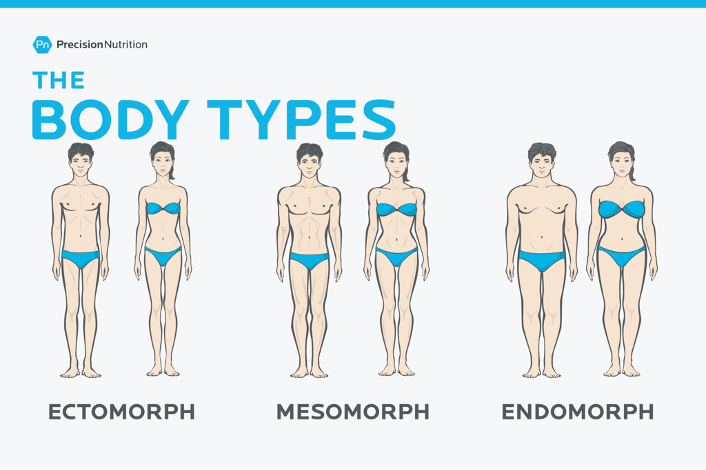As a natural follow up to oxygen for survival. We are going to look at nutrition and hydration this week! National Nutrition and Hydration Week (has been moved due to covid to June 14-20 June 2021) aims to ‘create a global movement that will focus energy, activity and engagement on nutrition and hydration as a fundamental element of maintaining the health and well-being for our global community.’
Inspired by this very important message we’re looking at ways to hydrate and nutritional advice to get you thriving!
How much water do we need?
Bear Grylls would say:
“Remember the rule of 3s – 3 minutes without air, 3 days without water, 3 weeks without food.”
Bear Grylls
But when trying to thrive, not just survive, there have been lots of numbers thrown around in recent years. Probably the most common one is, 2 litres per day. However, it is all dependent upon the climate, your body, what foods you eat, and, also how much exercise you do.
The recommended amount from the U.S. National Academies of Sciences, Engineering, and Medicine is about:
11.5 cups (2.7 liters) a day for women
15.5 cups (3.7 liters) a day for men
This includes fluids from water, beverages like teas and juice, and from food.
Why do we need to drink water?
Mild dehydration caused by exercise or heat can have negative effects on both your physical and mental performance. Aside from this, there are plenty of health benefits from drinking more.
Other benefits of drinking more water
Weight loss: The more we drink, the more commonly we lose extra weight. Drinking water can cause slight, temporary increases in metabolism, and drinking it about a half hour before each meal can help you eat fewer calories.
Organ health: Drinking more water and staying adequately hydrated may help with some health problems, such as constipation, urinary and bladder infections, kidney stones, and skin dehydration.
So how can we actually take in enough water?
When we also know that caffeine is a diuretic, and causes dehydration; and water gets so boring to drink?
Hydrating foods:
My personal favourite. When you take in water rich foods, you are also automatically taking in a good amount of fibre (great for our intestines), vitamins and minerals I was living in South Korea, this became apparent when seeing groups of hikers taking up fruits and cucumbers to enjoy at the summit! When I enquired why, they explained that cucumbers are easier to carry than bottles of water; more hydrating as they are absorbed more slowly; AND contain a ton of vitamin K, phosphorus, potassium, magnesium. All contributing to the replacement of electrolytes that are lost when sweating.
I thought this was fantastic! Now, you won’t see me for a day without a cucumber in my bag 😉
Here’s a useful list of water rich foods:
- Iceberg Lettuce: 96% water
- Tomatoes: 95% water
- Courgette: 94% water
- Spinach: 92% water
- Bell Peppers: 92% water
- Watermelon: 92% water
- Strawberries: 91% water
- Cantaloupe Melon: 90% water
- Pears: 84% water
- Oranges: 82% water
Nutrition what is best for us?
The proverbial question we ask each year of our lives. And research on this seemingly continuous.
I find information from Precision Nutrition is absolutely great.
To understand our nutrition requirements, we do need to understand our energy demands, and also our body types. Take a look at the below to give you an idea for each!
- Ectomorphs – thin, narrow, delicate, linear, and poorly muscled.
- Endomorphs – soft, round, possibly overweight.
- Mesomorphs – broad-shouldered, narrow in the waist and hips, muscular, compact, and athletic.
Goal: To lose fat
Typical body type: Endomorphic
Though this eating plan is based on the endomorphic body type, it works for anyone with a fat loss goal, including mesomorphic athletes who just want to shed some fat in order to get completely shredded.
To reach this goal, use these approximate macros:
- 35% protein
- 25% carbohydrates
- 40% fat
Using our hand-portion system, a general framework for each meal is:
- 1-2 palms of protein dense food
- 1-2 fists of vegetables
- 1-2 cupped handfuls of carb dense foods
- 3-4 thumbs of fat dense foods

Goal: Push endurance or gain muscle
Typical body type: Ectomorphic
Specifically, that looks something like:
- 25% protein
- 55% carbohydrates
- 20% fat
Goal: Boost power
Typical body type: Mesomorphic
Need more explosive power to knock off your next WOD or boost your hockey, soccer, sprinting, or basketball game? Then you’ll want to eat like a mesomorph (low fat, high muscle) so you can add muscle while staying lean.
- 30% protein
- 40% carbohydrates
- 30% fat
How can we track these macros?
Always seek advice from a trainer or health coach about your calorie requirements. I use My Fitness Pal as a very easy app to track my foods. This way, whatever the macros, I can also see how many calories I need or if I am going over each day. I can also adapt the calories I want to meet each day, according to my activity level. So, if I go on holiday, for example, and expect to be more sedentary then I’ll reduce the calories goal for each day. This way, I don’t need to be concerned about counting calories, as the app does it for me.
Overall message: Enjoy, enjoy, enjoy feeding yourself, and staying hydrated! We live in a highly privileged society, so enjoy the good things we can do for our bodies with very little effort!



